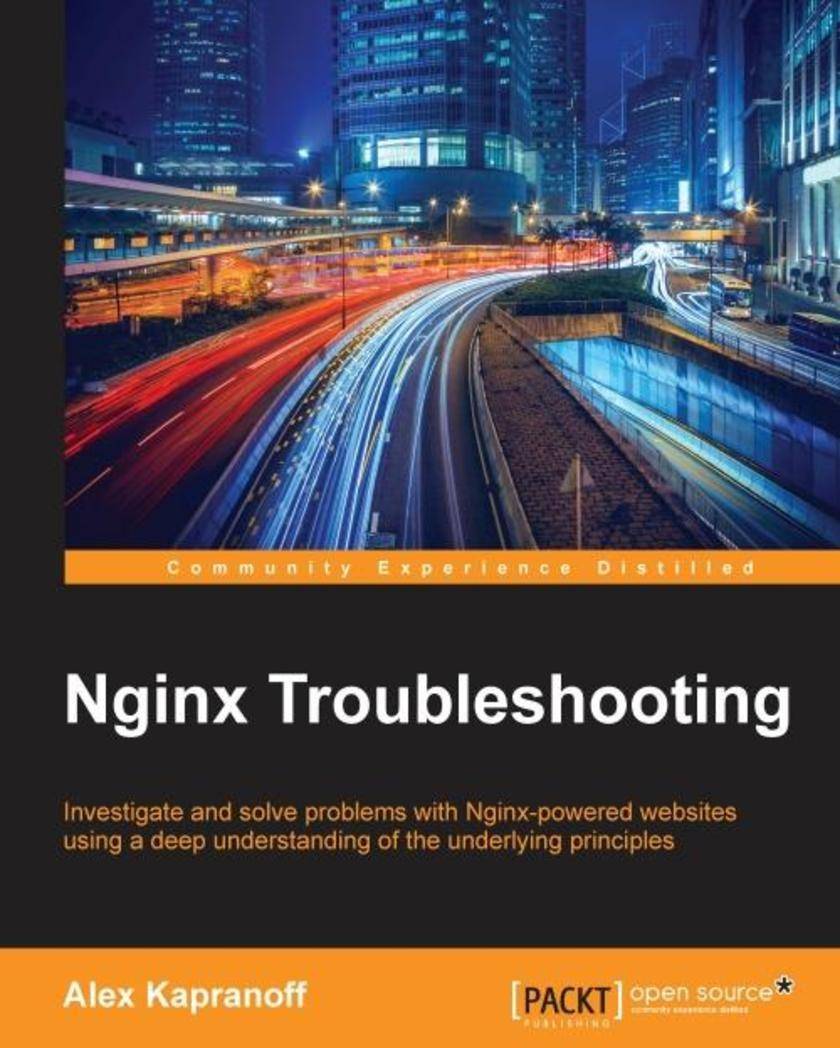
Nginx Troubleshooting
¥54.49
Investigate and solve problems with Nginx-powered websites using a deep understanding of the underlying principles About This Book Solve problems with your Nginx-powered websites before your audience notices anything Peek into the Nginx architecture and gain knowledge that will help you be valuable to you in the long run Gain knowledge of different types of problems in a step-by-step way Who This Book Is For The book is for technical specialists who already use Nginx to serve web pages for their users. Whether you are an experienced system administrator or a new professional, this book will help you do your job in the most efficient way. What You Will Learn Detect and investigate problems with your web servers Create correct and professional configuration files Get an in-depth understanding of the web server software Interpret Nginx log files easily and with actionable insights Make your websites respond as fast as possible Prevent problems by setting up proper monitoring and alerts In Detail Nginx is clearly winning the race to be the dominant software to power modern websites. It is fast and open source, maintained with passion by a brilliant team. This book will help you maintain your Nginx instances in a healthy and predictable state. It will lead you through all the types of problems you might encounter as a web administrator, with a special focus on performance and migration from older software. You will learn how to write good configuration files and will get good insights into Nginx logs. It will provide you solutions to problems such as missing or broken functionality and also show you how to tackle performance issues with the Nginx server. A special chapter is devoted to the art of prevention, that is, monitoring and alerting services you may use to detect problems before they manifest themselves on a big scale. The books ends with a reference to error and warning messages Nginx could emit to help you during incident investigations. Style and approach This comprehensive tutorial on Nginx troubleshooting takes an practical approach to guiding you through common issues in Nginx server.
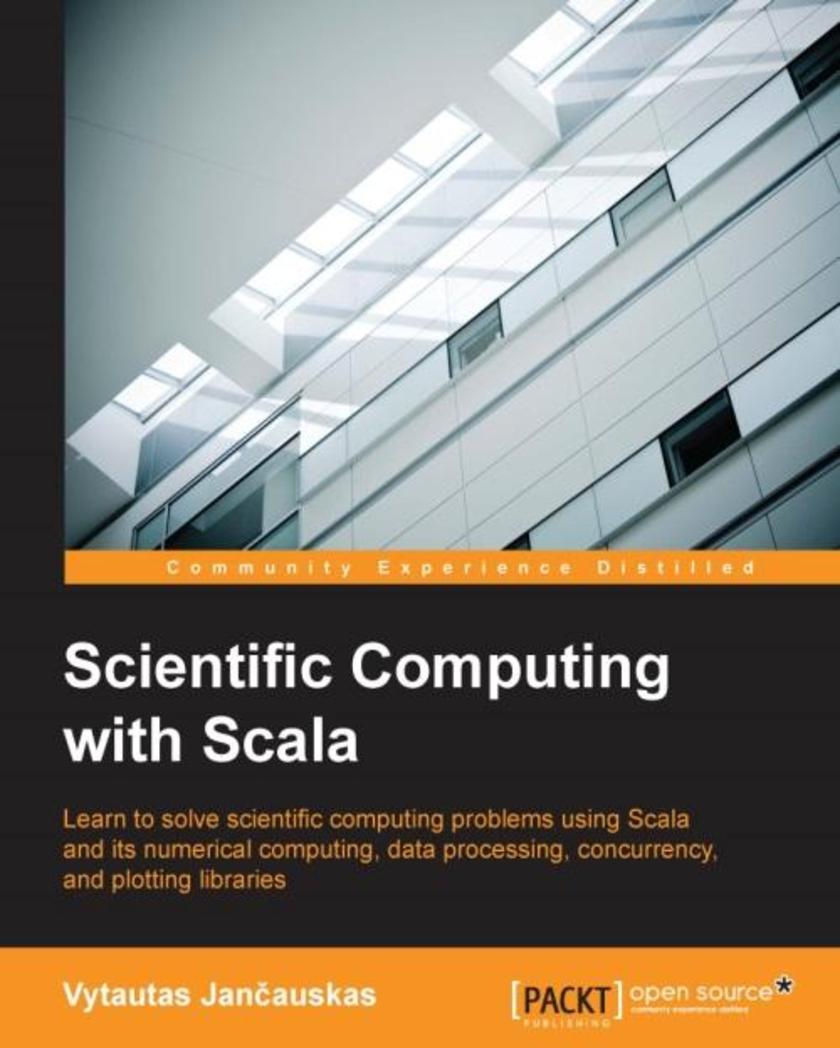
Scientific Computing with Scala
¥80.65
Learn to solve scientific computing problems using Scala and its numerical computing, data processing, concurrency, and plotting libraries About This Book Parallelize your numerical computing code using convenient and safe techniques. Accomplish common high-performance, scientific computing goals in Scala. Learn about data visualization and how to create high-quality scientific plots in Scala Who This Book Is For Scientists and engineers who would like to use Scala for their scientific and numerical computing needs. A basic familiarity with undergraduate level mathematics and statistics is expected but not strictly required. A basic knowledge of Scala is required as well as the ability to write simple Scala programs. However, complicated programming concepts are not used in the book. Anyone who wants to explore using Scala for writing scientific or engineering software will benefit from the book. What You Will Learn Write and read a variety of popular file formats used to store scientific data Use Breeze for linear algebra, optimization, and digital signal processing Gain insight into Saddle for data analysis Use ScalaLab for interactive computing Quickly and conveniently write safe parallel applications using Scala's parallel collections Implement and deploy concurrent programs using the Akka framework Use the Wisp plotting library to produce scientific plots Visualize multivariate data using various visualization techniques In Detail Scala is a statically typed, Java Virtual Machine (JVM)-based language with strong support for functional programming. There exist libraries for Scala that cover a range of common scientific computing tasks – from linear algebra and numerical algorithms to convenient and safe parallelization to powerful plotting facilities. Learning to use these to perform common scientific tasks will allow you to write programs that are both fast and easy to write and maintain. We will start by discussing the advantages of using Scala over other scientific computing platforms. You will discover Scala packages that provide the functionality you have come to expect when writing scientific software. We will explore using Scala's Breeze library for linear algebra, optimization, and signal processing. We will then proceed to the Saddle library for data analysis. If you have experience in R or with Python's popular pandas library you will learn how to translate those skills to Saddle. If you are new to data analysis, you will learn basic concepts of Saddle as well. Well will explore the numerical computing environment called ScalaLab. It comes bundled with a lot of scientific software readily available. We will use it for interactive computing, data analysis, and visualization. In the following chapters, we will explore using Scala's powerful parallel collections for safe and convenient parallel programming. Topics such as the Akka concurrency framework will be covered. Finally, you will learn about multivariate data visualization and how to produce professional-looking plots in Scala easily. After reading the book, you should have more than enough information on how to start using Scala as your scientific computing platform Style and approach Examples are provided on how to use Scala to do basic numerical and scientific computing tasks. All the concepts are illustrated with more involved examples in each chapter. The goal of the book is to allow you to translate existing experience in scientific computing to Scala.
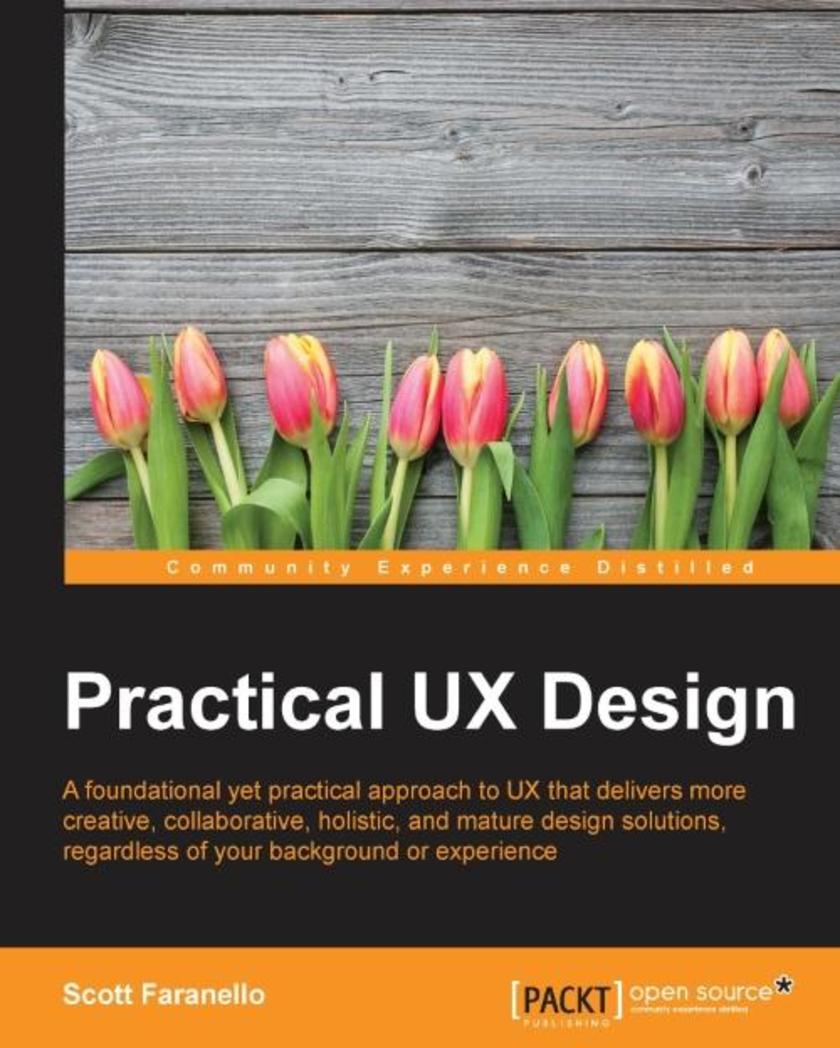
Practical UX Design
¥71.93
A foundational yet practical approach to UX that delivers more creative, collaborative, holistic, and mature design solutions, regardless of your background or experience About This Book Improve your UX design awareness and skills Gain greater confidence to know when you have delivered a “good” UX design Learn by example using a book designed by a UX mind for a UX mind Who This Book Is For This book is written for the beginner as well as the experienced UX practitioner, regardless of team size, company size, or job title. It is also intended for anyone with an interest in UX, engages with UX, is involved in any way in interactive problem solving and design, or simply wants to learn more about what we do, how we do it, and why those in the UX field are so passionate about wanting to do it better. What You Will Learn Awaken your UX mind and dispel the myths of non-UX thinkers Create the six optimal conditions for your best ideas to appear Identify and incorporate the ten design principles found in all good UX design Develop a broader understanding of Information Architecture (IA) to better engage, guide, and inform Develop a fundamental understanding of patterns and the properties that create them Raise your level of UX maturity with a strategy that transforms your approach to problem solving and helps others understand the true value of your work Utilize important tools of the UX trade that never go out of style Increase your knowledge of UX, incorporate valuable ideas and insights into your work, and look at design from a very unique perspective In Detail Written in an easy-to-read style, this book provides real-world examples, a historical perspective, and a holistic approach to design that will ground you in the fundamental essentials of interactive design, allow you to make more informed design decisions, and increase your understanding of UX in order to reach the highest levels of UX maturity. As you will see, UX is more than just delighting customers and users. It is also about thinking like a UX practitioner, making time for creativity, recognizing good design when you see it, understanding Information Architecture as more than just organizing and labeling websites, using design patterns to influence user behavior and decision making, approaching UX from a business perspective, transforming your client’s and company’s fundamental understanding of UX and its true value, and so much more. This book is an invaluable resource of knowledge, perspective, and inspiration for those seeking to become better UX designers, increase their confidence, become more mature design leaders, and deliver solutions that provide measurable value to stakeholders, customers, and users regardless of project type, size, and delivery method. Style and approach An in-depth, easy to read, and entertaining journey into and through the world of UX using real-world examples, thoughtful illustrations, and engaging quotes to inspire and explain fully the how and why of UX in a practical and impactful way and used immediately in your own work.
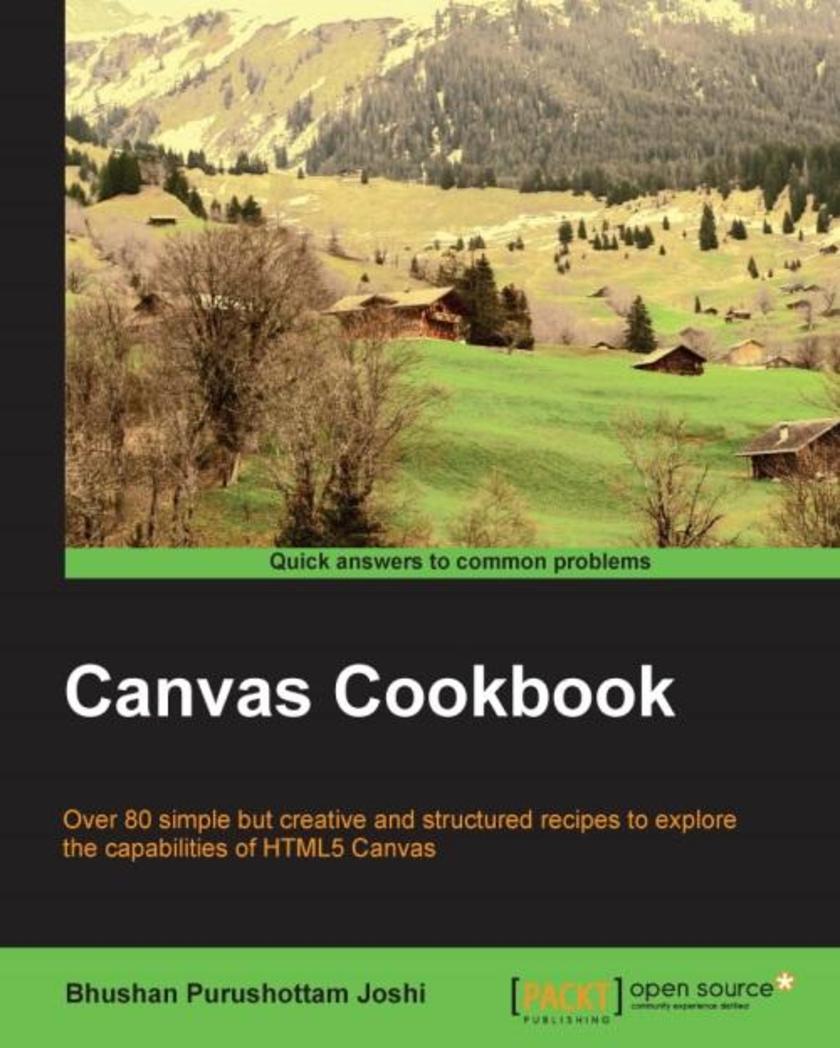
Canvas Cookbook
¥80.65
Over 80 simple but creative and structured recipes to explore the capabilities of HTML5 Canvas About This Book Develop simple to advanced recipes of your own, and ultimately produce a great application Discover a better way to use HTML5 Canvas, JavaScript, and CSS Put your creative instincts to use in your day-to-day interface developments Who This Book Is For The book is intended for readers with a preliminary knowledge of JavaScript and CSS. Whether you're a beginner or expert in this technology, the book provides recipes to help you build your own application, presentation, or game. What You Will Learn Draw basic shapes such as lines, arcs, curves, and text using the coordinate system Learn about the animation cycle and use it to animate shapes Grasp the knowledge required to create particles and use them Give various effects to images and videos and also use them in animations Discover the use of event listeners to make recipes interactive and to handle events through event handlers Create good presentation graphics with graphs and charts Learn all about 3D development, from building 3D objects to animating them Convert your knowledge into a complete working game Understand the interoperability and deployment of recipes on different browsers and on different devices In Detail With the growing popularity of HTML5 Canvas, this book offers tailored recipes to help you develop portable applications, presentations, and games. The recipes are simple yet creative and build on each other. At every step, the book inspires the reader to develop his/her own recipe. From basic to advanced, every aspect of Canvas API has been covered to guide readers to develop their own application, presentation, or game. Style and approach All the recipes are sequential and cover the basic and advanced concepts of Canvas. Every recipe is as simple as possible without compromising creativity
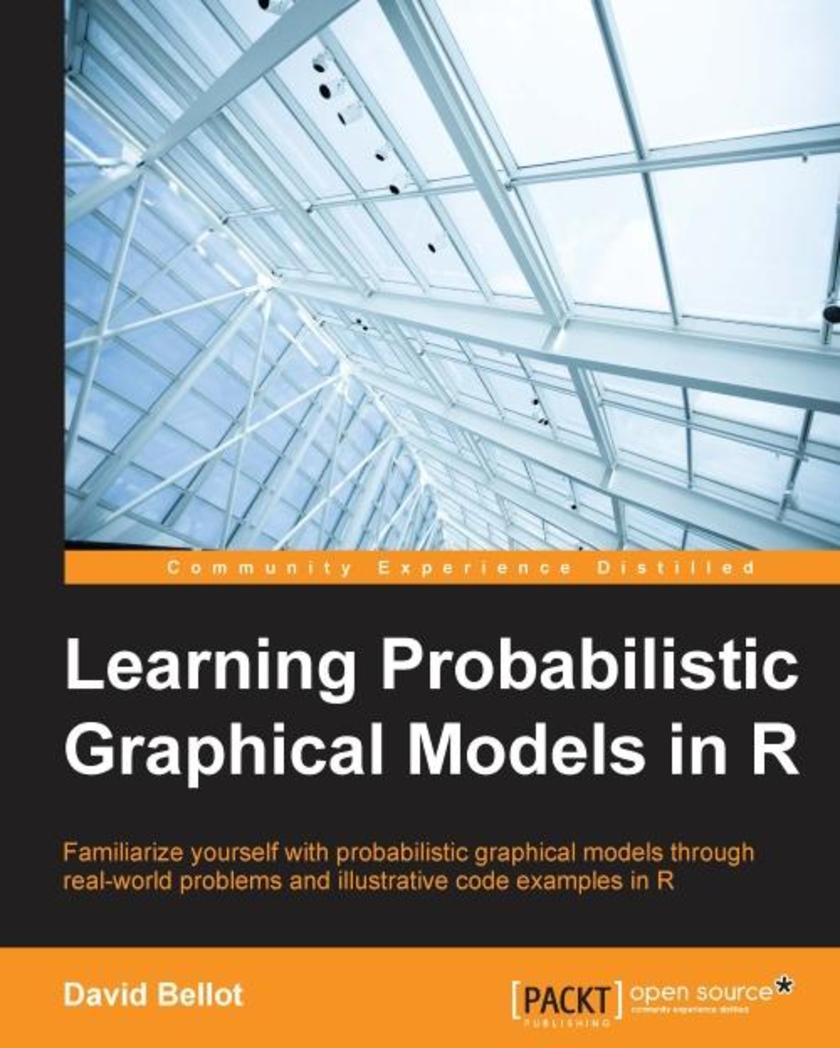
Learning Probabilistic Graphical Models in R
¥63.21
Familiarize yourself with probabilistic graphical models through real-world problems and illustrative code examples in R About This Book Predict and use a probabilistic graphical models (PGM) as an expert system Comprehend how your computer can learn Bayesian modeling to solve real-world problems Know how to prepare data and feed the models by using the appropriate algorithms from the appropriate R package Who This Book Is For This book is for anyone who has to deal with lots of data and draw conclusions from it, especially when the data is noisy or uncertain. Data scientists, machine learning enthusiasts, engineers, and those who curious about the latest advances in machine learning will find PGM interesting. What You Will Learn Understand the concepts of PGM and which type of PGM to use for which problem Tune the model’s parameters and explore new models automatically Understand the basic principles of Bayesian models, from simple to advanced Transform the old linear regression model into a powerful probabilistic model Use standard industry models but with the power of PGM Understand the advanced models used throughout today's industry See how to compute posterior distribution with exact and approximate inference algorithms In Detail Probabilistic graphical models (PGM, also known as graphical models) are a marriage between probability theory and graph theory. Generally, PGMs use a graph-based representation. Two branches of graphical representations of distributions are commonly used, namely Bayesian networks and Markov networks. R has many packages to implement graphical models. We’ll start by showing you how to transform a classical statistical model into a modern PGM and then look at how to do exact inference in graphical models. Proceeding, we’ll introduce you to many modern R packages that will help you to perform inference on the models. We will then run a Bayesian linear regression and you’ll see the advantage of going probabilistic when you want to do prediction. Next, you’ll master using R packages and implementing its techniques. Finally, you’ll be presented with machine learning applications that have a direct impact in many fields. Here, we’ll cover clustering and the discovery of hidden information in big data, as well as two important methods, PCA and ICA, to reduce the size of big problems. Style and approach This book gives you a detailed and step-by-step explanation of each mathematical concept, which will help you build and analyze your own machine learning models and apply them to real-world problems. The mathematics is kept simple and each formula is explained thoroughly.
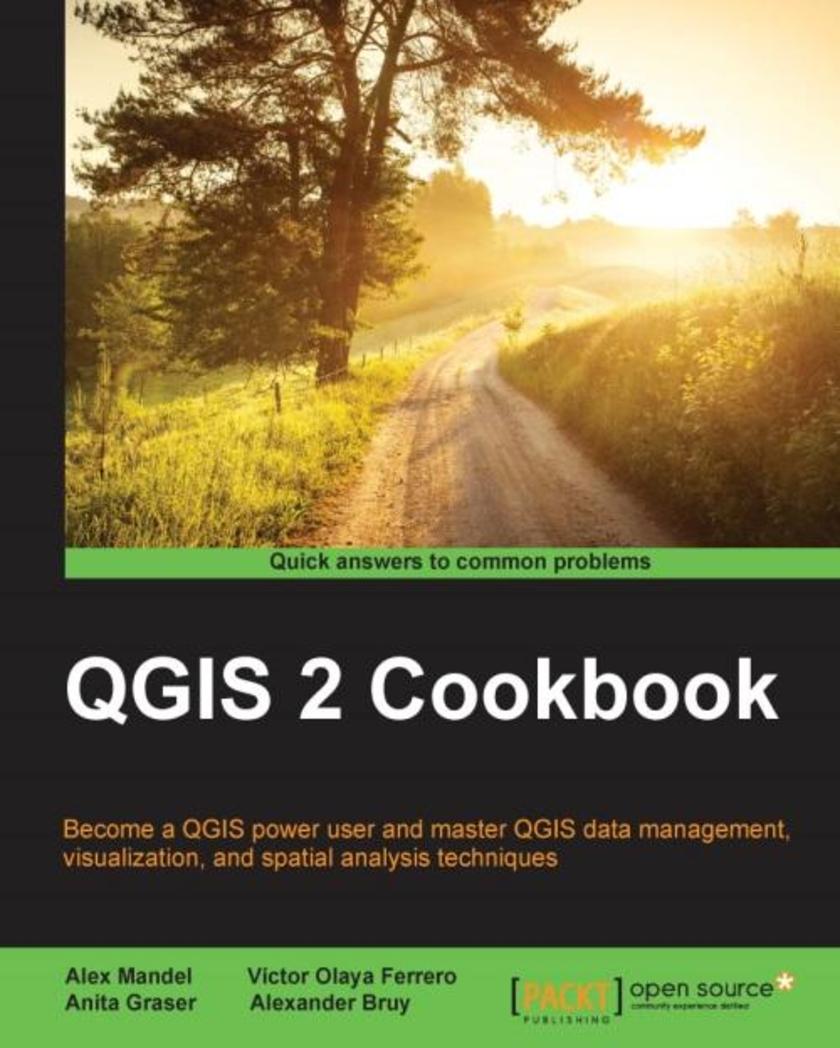
QGIS 2 Cookbook
¥90.46
Become a QGIS power user and master QGIS data management, visualization, and spatial analysis techniques About This Book Explore and create time-based visualizations and build interactive maps Maximize your use of the QGIS features, plugins and toolbox automation Packed with lots of sample datasets to enable a better understanding of the code Who This Book Is For If you are an intermediate GIS user, with either previous experience in QGIS or any other GIS application, this is the book for you. The recipes can be used to learn more advanced techniques in QGIS or to replicate the functionalities equivalent to other GIS platforms. This book assumes that you already have a working QGIS system in place. What You Will Learn Import and export common tricky spatial data formats Perform classic vector and raster analysis with QGIS Utilize spatial databases and data management tools Use and create geographic web services and maps Explore and create time-based visualizations Perform network building and routing analysis Extend QGIS capabilities with popular plugins and toolbox automation Make beautiful and unique maps with customized cartography In Detail QGIS is a user-friendly, cross-platform desktop geographic information system used to make maps and analyze spatial data. QGIS allows users to understand, question, interpret, and visualize spatial data in many ways that reveal relationships, patterns, and trends in the form of maps. This book is a collection of simple to advanced techniques that are needed in everyday geospatial work, and shows how to accomplish them with QGIS. You will begin by understanding the different types of data management techniques, as well as how data exploration works. You will then learn how to perform classic vector and raster analysis with QGIS, apart from creating time-based visualizations. Finally, you will learn how to create interactive and visually appealing maps with custom cartography. By the end of this book, you will have all the necessary knowledge to handle spatial data management, exploration, and visualization tasks in QGIS. Style and approach This book covers practical examples, with step-by-step instructions on how to use real world data covering common GIS operations and the different analysis techniques. It provides detailed explanations and applications of QGIS concepts that will allow the user to effectively analyze spatial data.
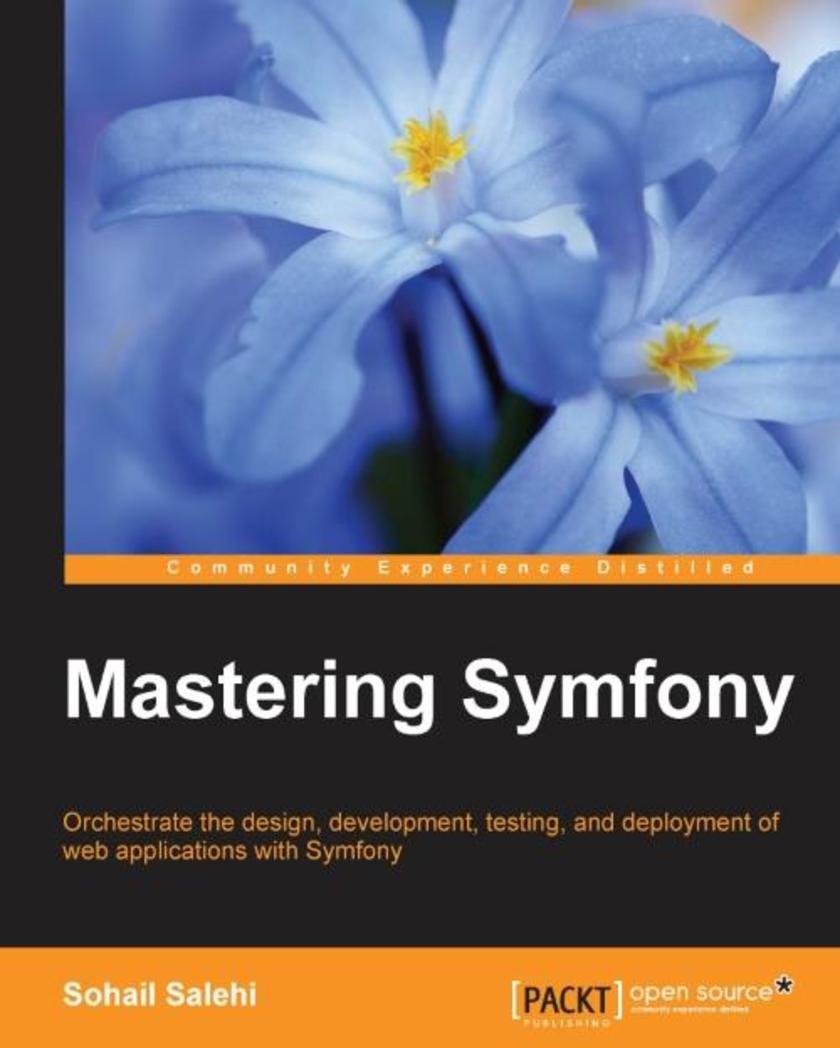
Mastering Symfony
¥71.93
Orchestrate the designing, development, testing, and deployment of web applications with Symfony About This Book Create a robust and reliable Symfony development pipeline using Amazon's cloud platform Cut development and maintenance costs by defining crystal clear features and possible scenarios for each feature before implementation Follow detailed examples provided in each chapter to create a task management application Who This Book Is For If you are a PHP developer with some experience in Symfony and are looking to master the framework and use it to its full potential, then this book is for you. Though experience with PHP, object-oriented techniques, and Symfony basics is assumed, this book will give you a crash course on the basics and then proceed to more advanced topics. What You Will Learn Install and configure Symfony and required third-party bundles to develop a task management application Set up a continuous integration server to orchestrate automatic builds every time you add a new feature to your project Reduce maintenance costs dramatically using Behaviour Driven Development (BDD) Create a slick user interface using the Bootstrap framework Design robust business logic using Doctrine Build a comprehensive dashboard and secure your project using the Sonata project Improve performance using Redis, Memcache, and Varnish Create customized Symfony commands and add them to your console In Detail In this book, you will learn some lesser known aspects of development with Symfony, and you will see how to use Symfony as a framework to create reliable and effective applications. You might have developed some impressive PHP libraries in other projects, but what is the point when your library is tied to one particular projectWith Symfony, you can turn your code into a service and reuse it in other projects. This book starts with Symfony concepts such as bundles, routing, twig, doctrine, and more, taking you through the request/response life cycle. You will then proceed to set up development, test, and deployment environments in AWS. Then you will create reliable projects using Behat and Mink, and design business logic, cover authentication, and authorization steps in a security checking process. You will be walked through concepts such as DependencyInjection, service containers, and services, and go through steps to create customized commands for Symfony's console. Finally, the book covers performance optimization and the use of Varnish and Memcached in our project, and you are treated with the creation of database agnostic bundles and best practices. Style and approach A step-by-step guide to mastering Symfony while developing a task management application. Each chapter comes with detailed examples.
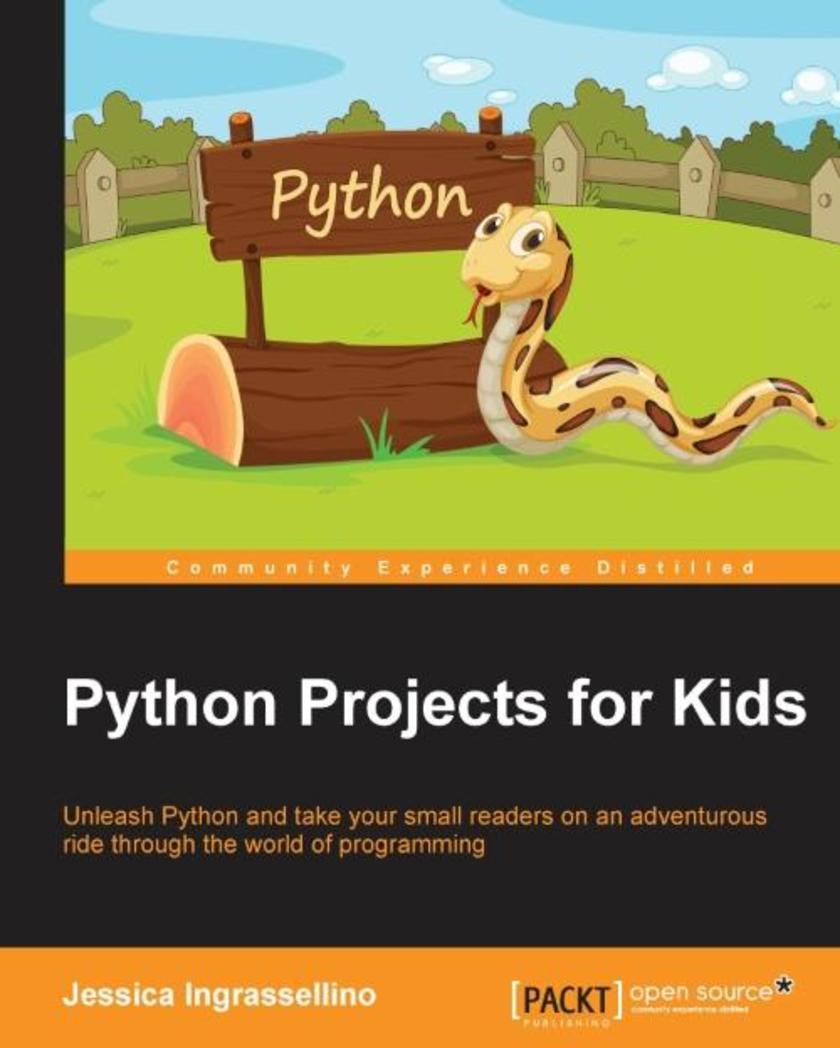
Python Projects for Kids
¥63.21
Unleash Python and take your small readers on an adventurous ride through the world of programming About This Book Learn to start using Python for some simple programming tasks such as doing easy mathematical calculations. Use logic and control loops to build a nice interesting game. Get to grips with working with data and, once you're comfortable with that, you'll be introduced to Pygame, which will help you wrap up the book with a cool game. Who This Book Is For This book is for kids (aged 10 and over). This is book is intended for absolute beginners who lack any knowledge of computing or programming languages and want to get started in the world of programming. What You Will Learn Start fiddling with Python's variables, build functions and interact with users Build your own calculator using the Math Library Train Python to make logical decisions Work with moving 2D objects on-screen Understand the Pygame Library and build your very own game! Write a cool program to manage inventories in your backpack In Detail Kids are always the most fast-paced and enthusiastic learners, and are naturally willing to build stuff that looks like magic at the end (when it works!). Programming can be one such magic. Being able to write a program that works helps them feel they've really achieved something. Kids today are very tech-savvy and cannot wait to enter the fast-paced digital world. Because Python is one of the most popular languages and has a syntax that is quite simple to understand, even kids are eager to use it as a stepping stone to learning programming languages. This book will cover projects that are simple and fun, and teach kids how to write Python code that works. The book will teach the basics of Python programming, installation, and so on and then will move on to projects. A total of three projects, with each and every step explained carefully, without any assumption of previous experience. Style and approach The book will take a light approach in guiding the little readers through the world of Python. The main idea is to teach by example and let the readers have as much exercises to do, so that they learn faster and can apply their own ideas to the existing examples. The book should get them thinking, by the end, on where they can go next with such a powerful tool at their disposal.
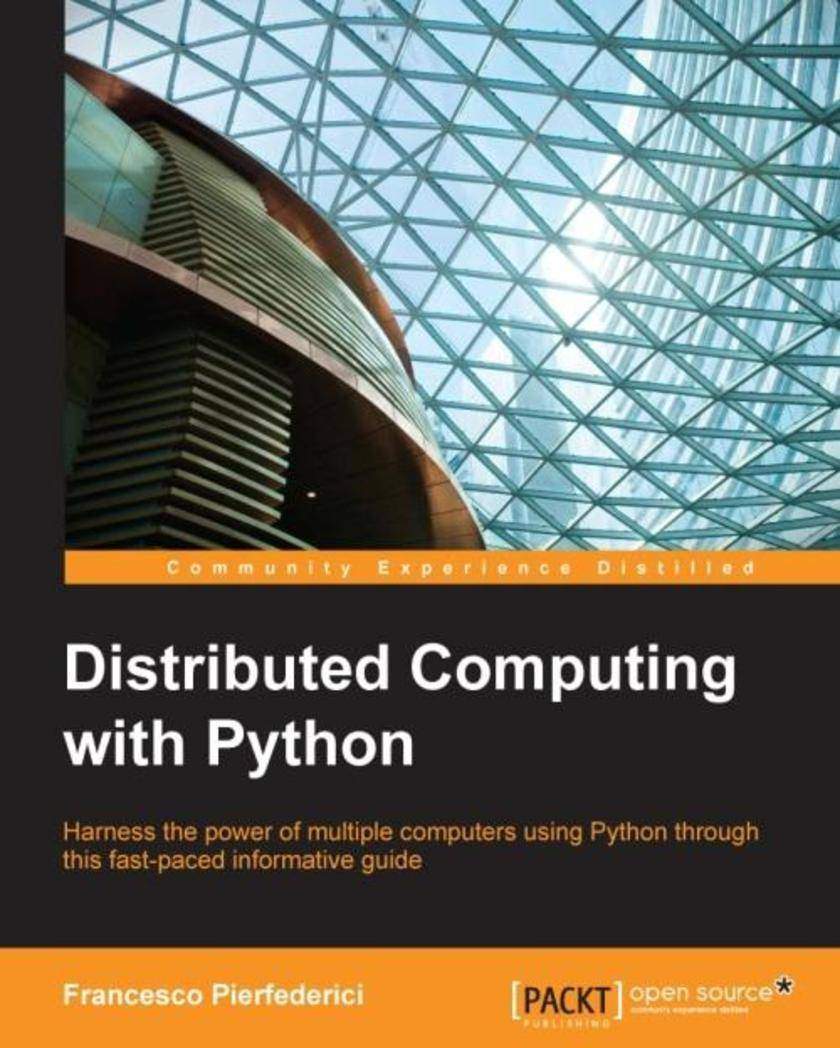
Distributed Computing with Python
¥63.21
Harness the power of multiple computers using Python through this fast-paced informative guide About This Book You'll learn to write data processing programs in Python that are highly available, reliable, and fault tolerant Make use of Amazon Web Services along with Python to establish a powerful remote computation system Train Python to handle data-intensive and resource hungry applications Who This Book Is For This book is for Python developers who have developed Python programs for data processing and now want to learn how to write fast, efficient programs that perform CPU-intensive data processing tasks. What You Will Learn Get an introduction to parallel and distributed computing See synchronous and asynchronous programming Explore parallelism in Python Distributed application with Celery Python in the Cloud Python on an HPC cluster Test and debug distributed applications In Detail CPU-intensive data processing tasks have become crucial considering the complexity of the various big data applications that are used today. Reducing the CPU utilization per process is very important to improve the overall speed of applications. This book will teach you how to perform parallel execution of computations by distributing them across multiple processors in a single machine, thus improving the overall performance of a big data processing task. We will cover synchronous and asynchronous models, shared memory and file systems, communication between various processes, synchronization, and more. Style and Approach This example based, step-by-step guide will show you how to make the best of your hardware configuration using Python for distributing applications.

Mastering QlikView Data Visualization
¥90.46
Take your QlikView skills to the next level and master the art of creating visual data analysis for real business needs About This Book Explore how to create your own QlikView data laboratory and how to develop QlikView applications using agile project methods Implement advanced data visualization and analysis for common business requirements from the sales, finance, marketing, inventory, operations, and human resources departments Learn from real-life experience shared in this book that will give you the upper hand in your next QlikView project Who This Book Is For This book is intended for developers who want to go beyond their technical knowledge of QlikView and understand how to create analysis and data visualizations that solve real business needs. You should have a basic understanding of advanced QlikView functions. What You Will Learn Apply advanced QlikView techniques such as set analysis and nested aggregation in order to deliver common business requirements Understand real business requirements for sales, finance, marketing, and human resources departments Discover when to apply more advanced data visualization such as frequency polygons, bullet graphs, and XmR charts Go beyond native QlikView and include geographical analysis, planning, and sentiment analysis in your QlikView application Troubleshoot common errors we discover at the moment we visualize data in QlikView Develop a plan to master Qlik Sense data visualization In Detail Just because you know how to swing a hammer doesn't mean you know how to build a house. Now that you've learned how to use QlikView, it's time to learn how to develop meaningful QlikView applications that deliver what your business users need. You will explore the requirements and the data from several business departments in order to deliver the most amazing analysis and data visualizations. In doing so, you will practice using advanced QlikView functions, chart object property options, and extensions to solve real-world challenges. Style and approach This hands-on guide follows the story of a company implementing QlikView as its enterprise data discovery solution. Each chapter starts with an understanding of the business requirements and the data model, and then helps you create insightful analysis and data visualizations. Each chapter expands on what was done in the previous chapter as we follow this continuously improving iterative process.
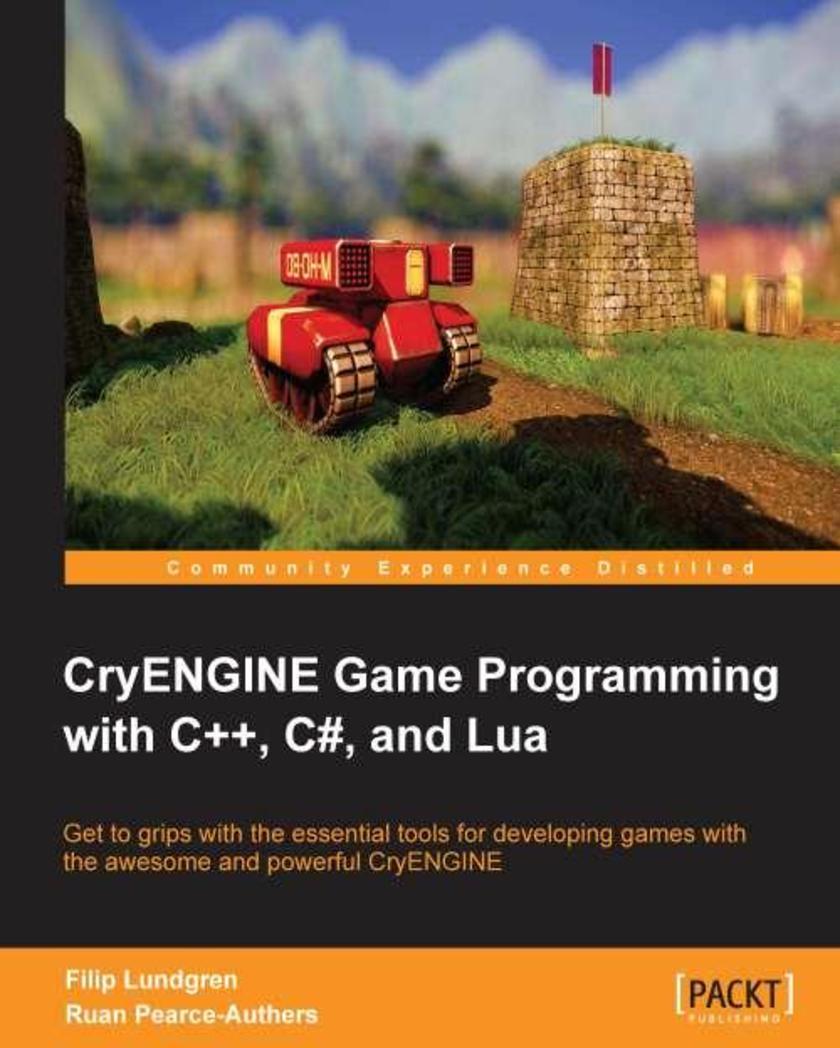
CryENGINE Game Programming with C++, C#, and Lua
¥80.65
This book provides you with step-by-step exercises covering the various systems of CryENGINE and comprehensively explains their workings in a way that can be easily understood by readers of any skill level to help you develop your very own CryENGINE games.This book is intended for developers looking to harness the power of CryENGINE, providing a good grounding in how to use the engine to its full potential. The book assumes basic knowledge of the engine and its editor in non-programming areas.
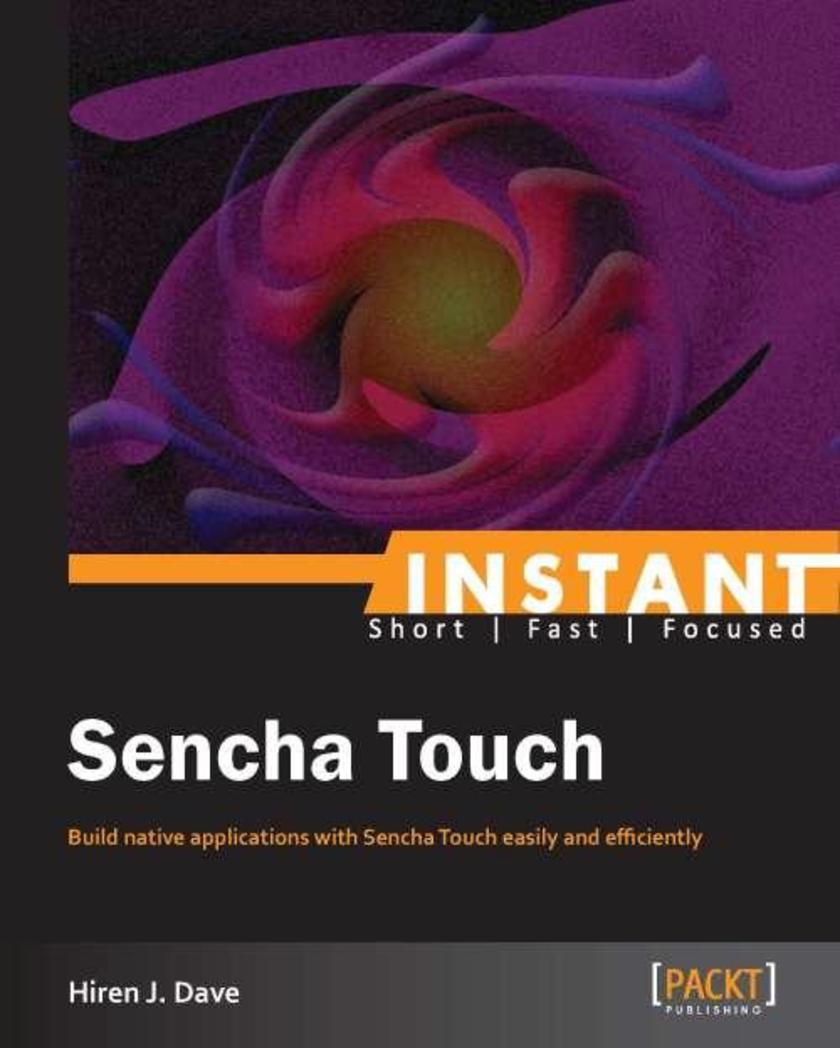
Instant Sencha Touch
¥41.41
Get to grips with a new technology, understand what it is and what it can do for you, and then get to work with the most important features and tasks. This book is a practical, step by step tutorial that will get you to use Sencha Touch core components quickly and efficiently.Instant Sencha Touch is for hobbyists who want to explore the capabilities of Sencha Touch. No prior knowledge of Sencha Touch is assumed. This book is simultaneously helpful for developers as well who want to quickly learn about Sencha Touch Framework. The book is structured in such a way that amateurs as well as experts will be able to use it as a reference.
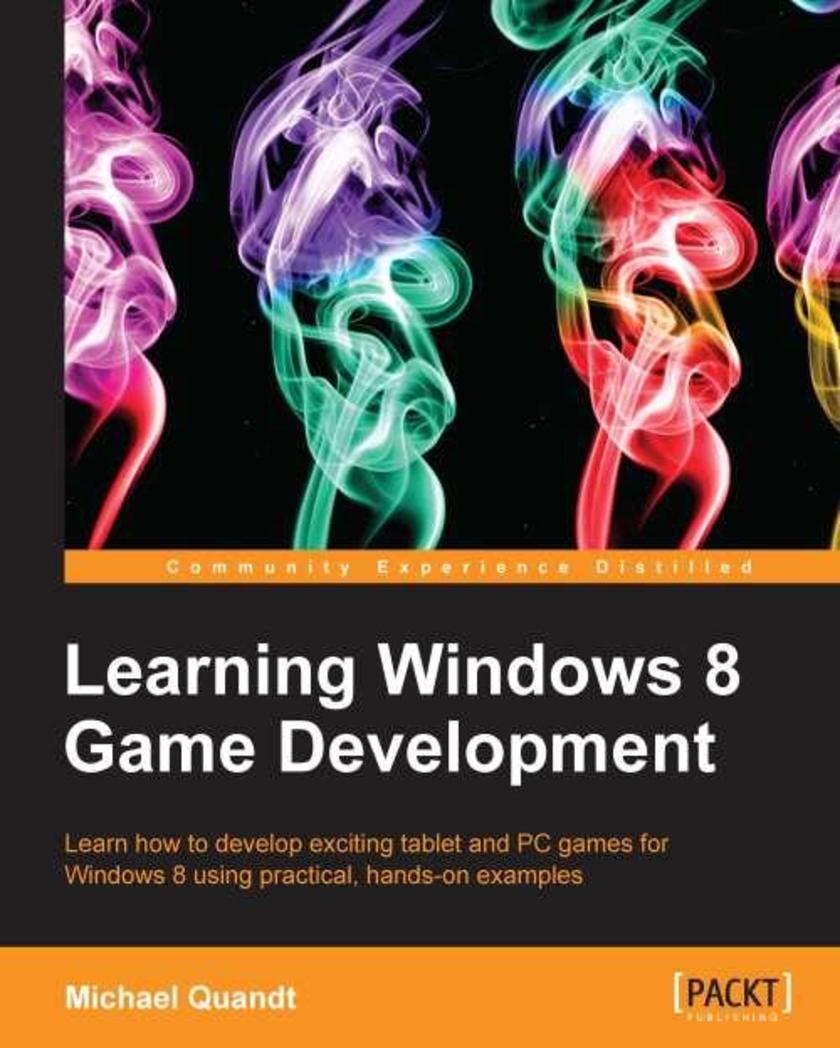
Learning Windows 8 Game Development
¥90.46
A standard practical tutorial running people through Windows 8 RT with a specific focus on game development is the approach chosen here. This type of approach will more likely appeal to an audience that is in need of a structured guide that they can emulate and learn from, unlike the usual reference text available in the market.Learning Windows 8 Game Development is for any developer looking to branch out and make some games. It’s assumed that you will have an understanding of C++ and programming. If you want to program a game, this book is for you, as it will provide a great overview of Direct3D and Windows 8 game development and will kick-start your journey into 3D development.
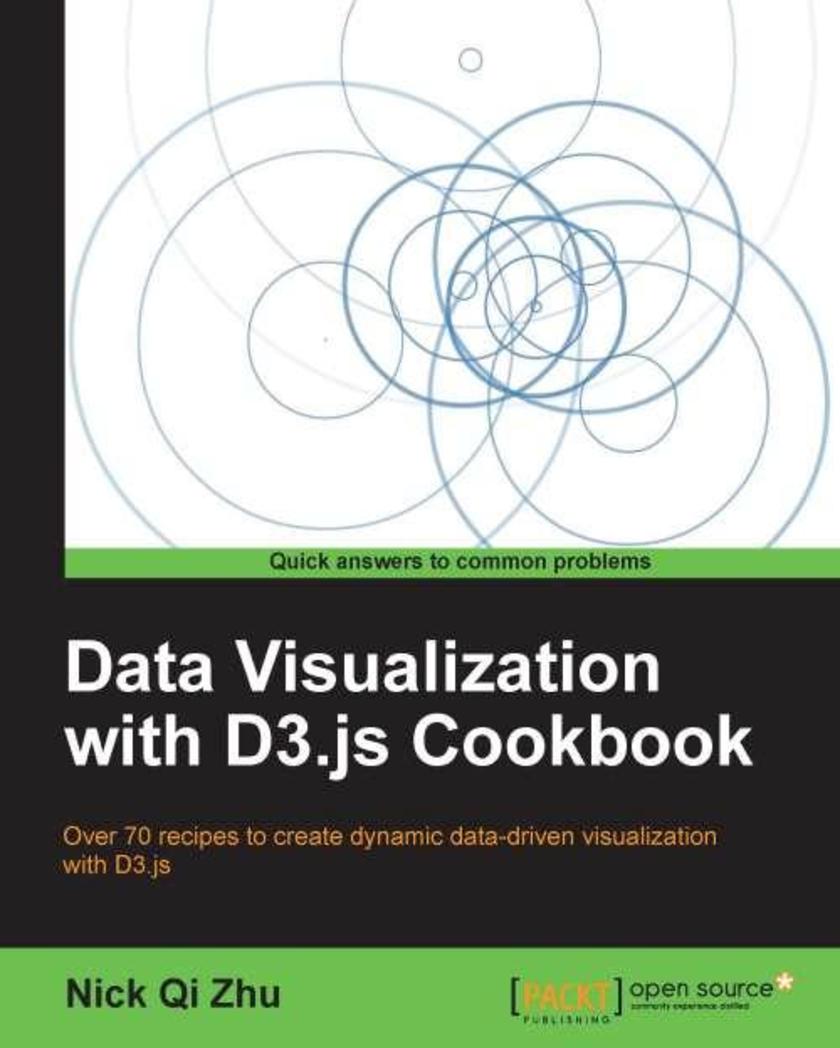
Data Visualization with D3.js Cookbook
¥80.65
Packed with practical recipes, this is a step-by-step guide to learning data visualization with D3 with the help of detailed illustrations and code samples.If you are a developer familiar with HTML, CSS, and JavaScript, and you wish to get the most out of D3, then this book is for you. This book can also serve as a desktop quick-reference guide for experienced data visualization developers.
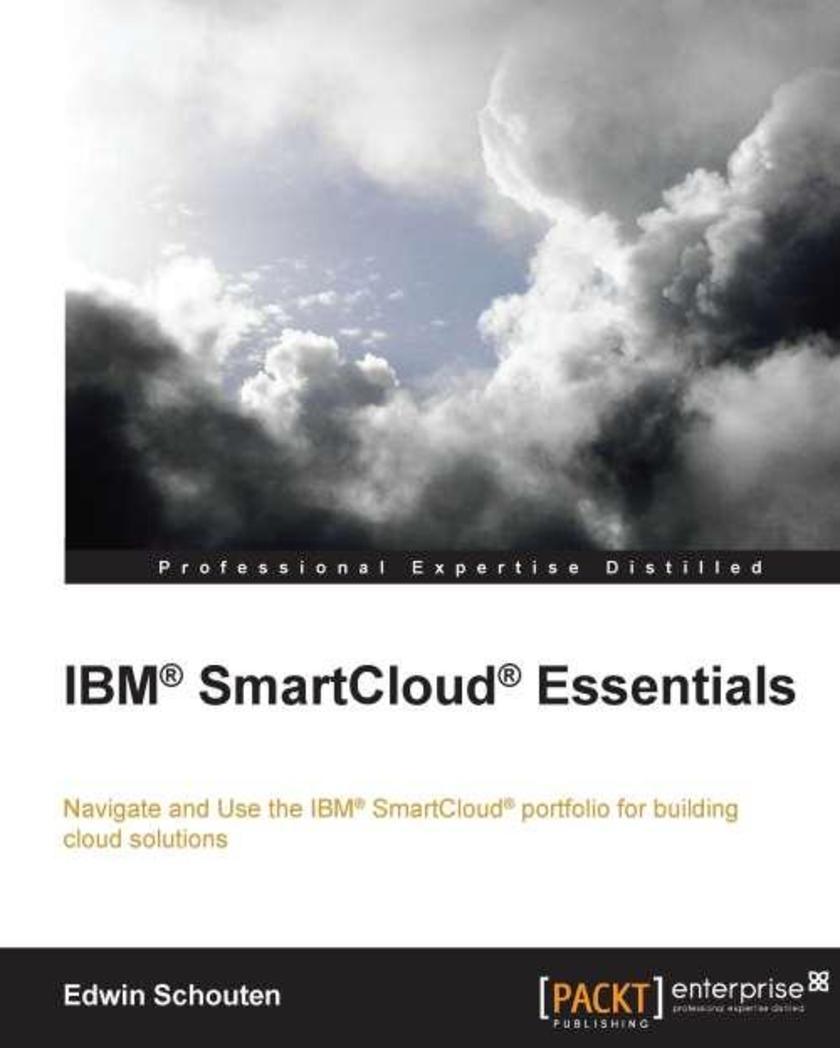
IBM SmartCloud Essentials
¥71.93
A practical, user-friendly guide that provides an introduction to cloud computing using IBM SmartCloud, along with a thorough understanding of resource management in a cloud environment.This book is great for anyone who wants to get a grasp of what cloud computing is and what IBM SmartCloud has to offer. If you are an IT specialist, IT architect, system administrator, or a developer who wants to thoroughly understand the cloud computing resource model, this book is ideal for you. No prior knowledge of cloud computing is expected.

Unity Multiplayer Games
¥80.65
An easy-to-follow, tutorial manner that uses the learning-by-example approach.If you are a developer who wants to start making multiplayer games with the Unity game engine, this book is for you. This book assumes you have some basic experience with programming. No prior knowledge of the Unity IDE is required.
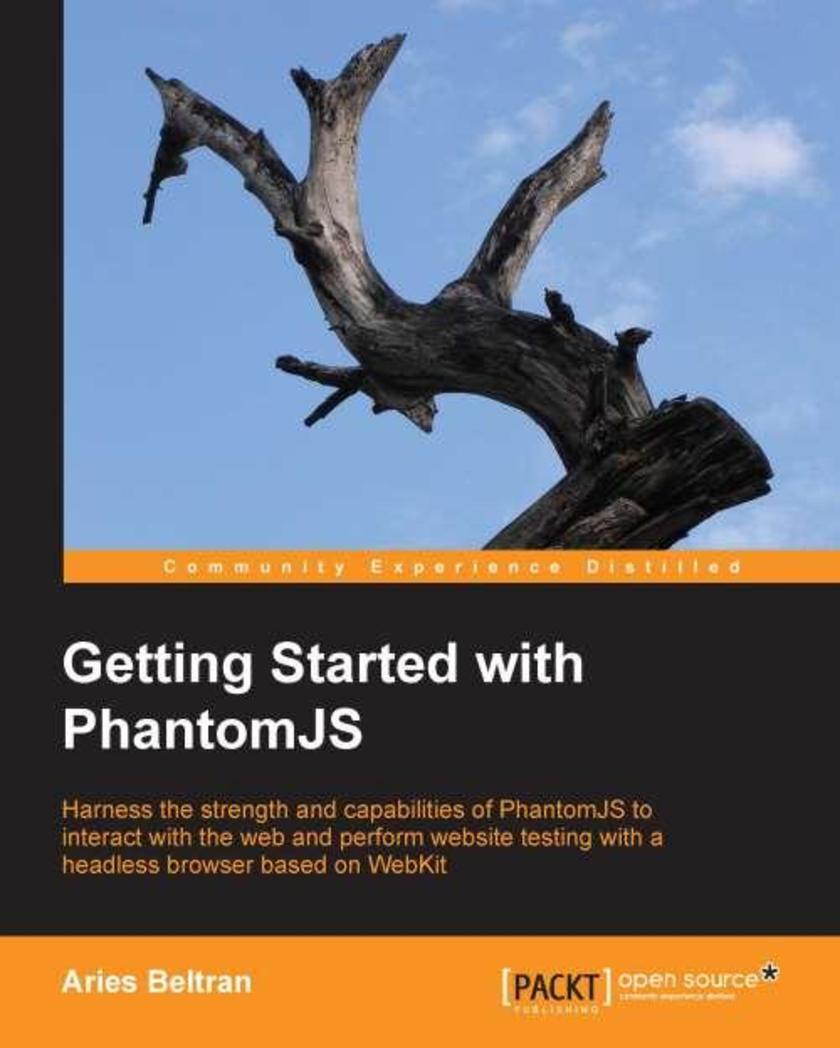
Getting Started with PhantomJS
¥54.49
The book will follow aA standard tutorial approach, and will beas a complete guide detailing the major aspects of PhantomJS with particular focus on Website website Testingtesting.This book is written forIf you are a JavaScript developers who are is interested in developing applications that interact with various web services, and doing that using a headless browser, then this book is ideal for you. This book iswill also be good for you if you are planning to create a headless browser testing for your web application. Basic understanding of JavaScript is assumed.
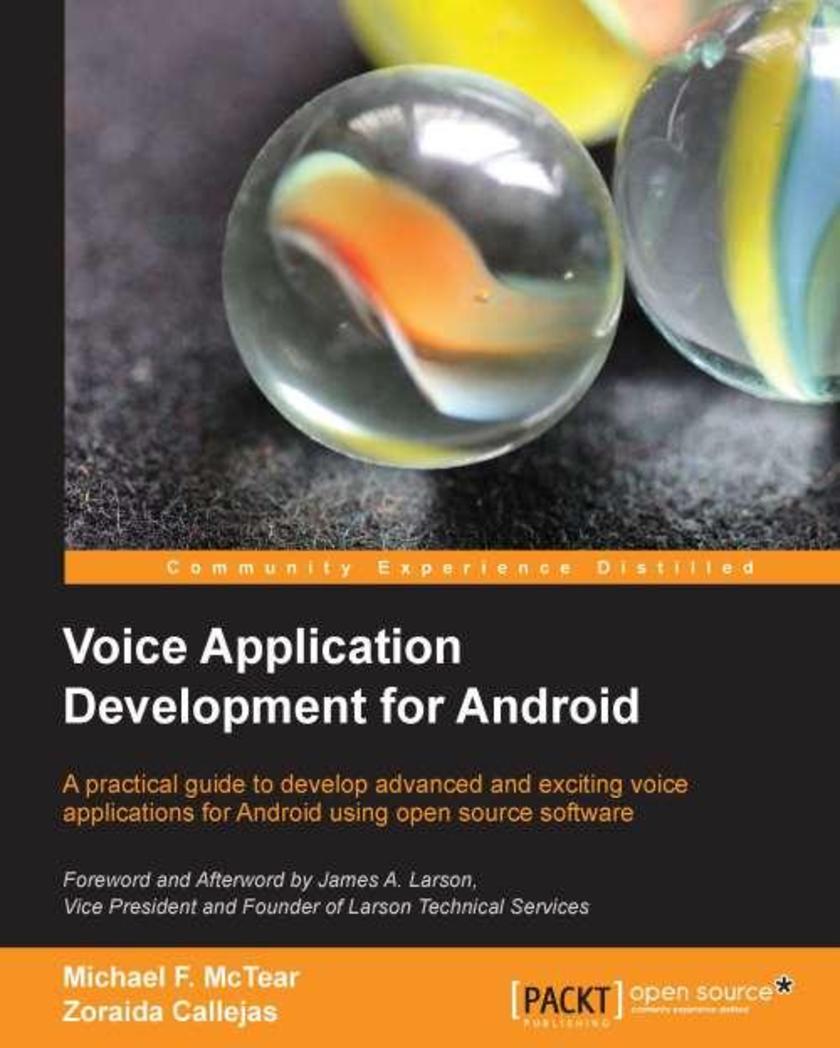
Voice Application Development for Android
¥66.48
This book will give beginners an introduction to building voice-based applications on Android. It will begin by covering the basic concepts and will build up to creating a voice-based personal assistant. By the end of this book, you should be in a position to create your own voice-based applications on Android from scratch in next to no time.Voice Application Development for Android is for all those who are interested in speech technology and for those who, as owners of Android devices, are keen to experiment with developing voice apps for their devices. It will also be useful as a starting point for professionals who are experienced in Android application development but who are not familiar with speech technologies and the development of voice user interfaces. Some background in programming in general, particularly in Java, is assumed.
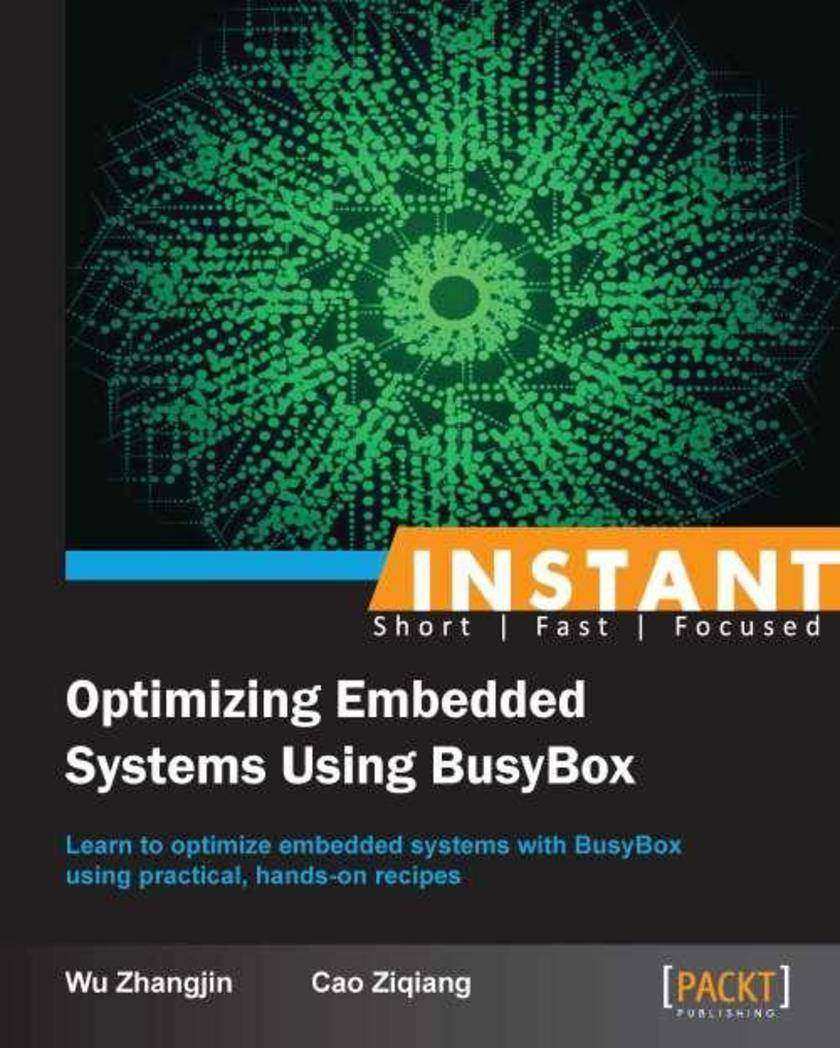
Instant Optimizing Embedded Systems using Busybox
¥50.13
Filled with practical, step-by-step instructions and clear explanations for the most important and useful tasks. A step-by-step guide which provides concise and clear recipes for getting started with Busybox.If you are an embedded system developer or Android developer who wishes to learn to build an embedded (Android Linux) system from scratch, as well as to optimize the system performance, then this book will be great for you. It’s assumed that you have some experience in Linux and UNIX utilities. If you are a new developer, this book will also help you to get started with Busybox and Android Linux development.
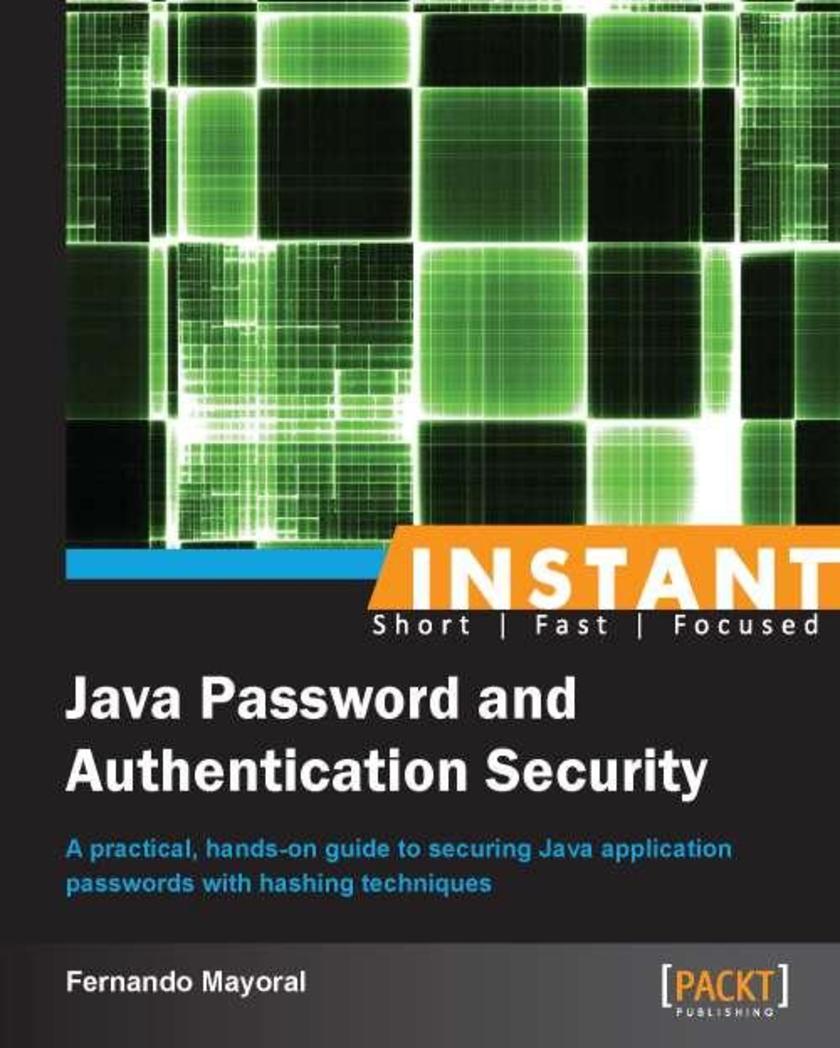
Instant Java Password and Authentication Security
¥50.13
Filled with practical, step-by-step instructions and clear explanations for the most important and useful tasks. This book takes a hands-on approach to Java-based password hashing and authentication, detailing advanced topics in a recipe format.This book is ideal for developers new to user authentication and password security, and who are looking to get a good grounding in how to implement it in a reliable way. It’s assumed that the reader will have some experience in Java already, as well as being familiar with the basic idea behind user authentication.
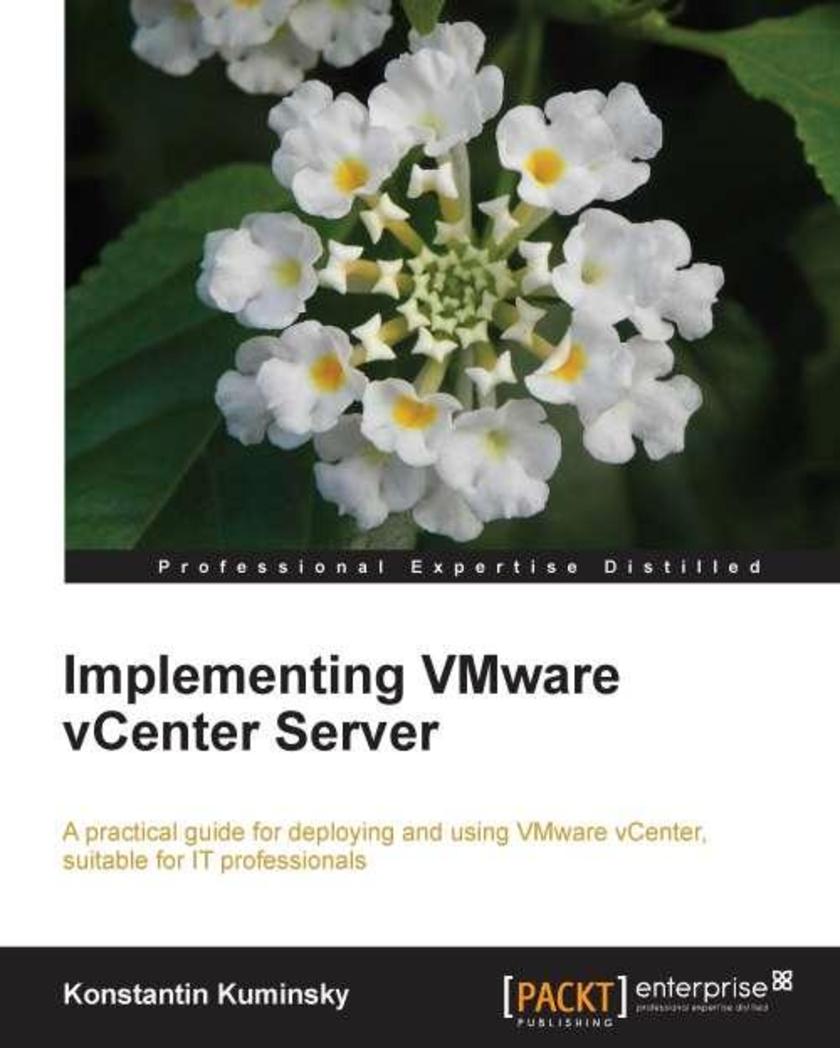
Implementing VMware vCenter Server
¥90.46
This book is a practical, hands-on guide that will help you learn everything you need to know to administer your environment with VMware vCenter Server. Throughout the book, there are best practices and useful tips and tricks which can be used for day-to-day tasks.If you are an administrator or a technician starting with VMware, with little or no knowledge of virtualization products, this book is ideal for you. Even if you are an IT professional looking to expand your existing environment, you will be able to use this book to help you improve the management of these environments. IT managers will find it helpful in terms of improving cost efficiency, ensuring required levels of service and utilising its excellent reporting abilities.




 购物车
购物车 个人中心
个人中心



